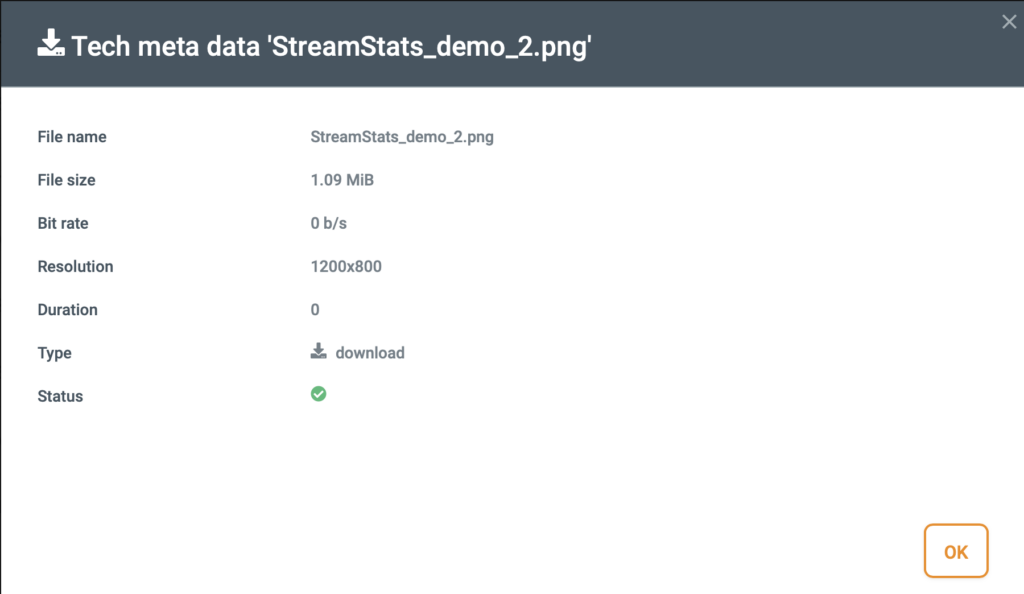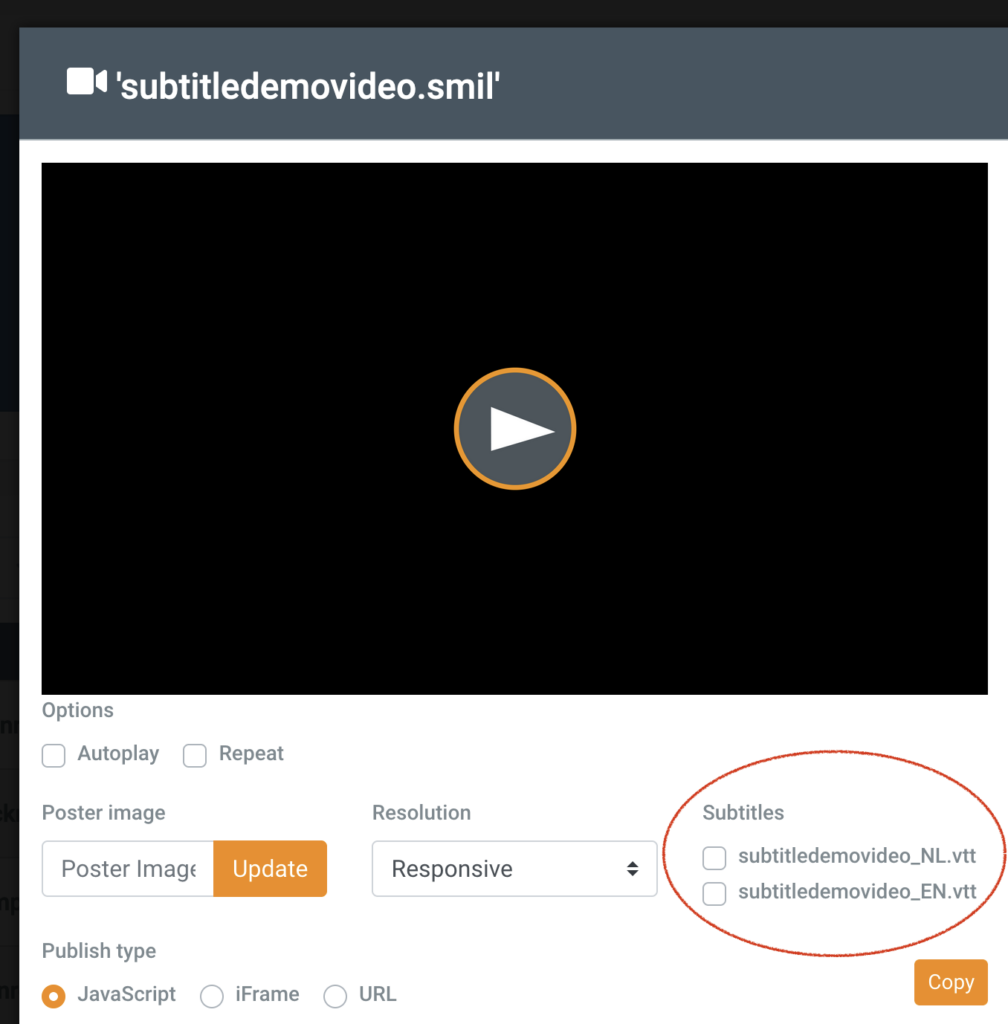Get Your Content Seen by Improving Video SEO
Last updated: 27 May 2024

Wouldn’t it be great if your videos were automatically shown to the perfect audience? Your video SEO (Search Engine Optimization) can make it happen.
Just like websites, videos need information to be understood by search engines. This information, called metadata, acts like a hidden label that tells search engines what your video is about.
Why Metadata Matters for Video SEO
Imagine a library full of unlabeled videos. Search engines wouldn’t know what they’re about, making it impossible for viewers to find them. Metadata solves this problem by providing details like titles, descriptions, and tags, allowing search engines to understand and rank your videos in search results.
Think of it this way: the more relevant your metadata is to what viewers are searching for, the higher your video appears in search results. This translates to more clicks, views, and engagement for your content.
Types of Video Metadata
There are three main types of video metadata:
- Administrative: focuses on who created the video, when it was uploaded, and similar details.
- Structural: describes the technical aspects of your video, like its resolution and bitrate.
- Descriptive: focuses on the content itself, like the title, description, and tags. This is the type of metadata we care about most for video SEO.
How to Optimise Your Videos for Search Engines
- Craft Clear Titles with Keywords: Include relevant keywords in your video titles to signal to search engines what your video is about.
- Write Detailed Descriptions with Keywords: Go beyond a basic sentence! Craft compelling descriptions that accurately summarize your video content and incorporate relevant keywords naturally.
- Use Relevant Tags: Think of tags as additional keywords that describe specific aspects of your video. Use a mix of broad and specific tags to increase discoverability.
- Include Transcripts and Captions: Search engines can crawl text data, so including transcripts and captions can significantly improve your video’s SEO potential.
By adjusting these elements, you can improve the chances of your video appearing higher in search results when viewers search for terms related to your content. The higher visibility leads to more clicks and views from targeted audiences specifically looking for what your video offers.
How to Edit Video Metadata with Jet-Stream
Structural Metadata
Jet-Stream Cloud automatically generates structural metadata about the video (such as length, screen sizes and bit rates). Privacy Player Pro automatically generates metadata about the viewers (such as device, OS, browser, screen size, time zone and city location).

Descriptive Metadata
To change the descriptive metadata for a video file from your library, follow these steps:
- Go to the asset page in VDO-X and click on the name of the asset you want to edit.
- Simply click on the field you want to change (Title, Description, Keywords, Author).
- Enter your desired details.
- If you plan to monetize your video, select relevant IAB advertising categories to match your content with targeted ads.
- Click Save to finalize your changes.

AI context Generation
We know creating detailed video descriptions can be time-consuming. That’s why we offer an AI context generator! This handy tool analyzes your video and automatically suggests relevant information like subjects, IAB categories, and even summaries. All this data is then stored within Jet-Stream Cloud’s built-in VMS (Video Management System).
Multi Language Subtitles
Our service automatically translates and subtitles your live streams and videos into multiple languages. This not only enhances viewer engagement but also makes your videos discoverable by a wider audience through search engines that index subtitles. We offer flexible solutions ranging from AI to human interpreters and even let you integrate your own existing subtitles if you choose to do so.

Don’t just create great videos – make them discoverable!




